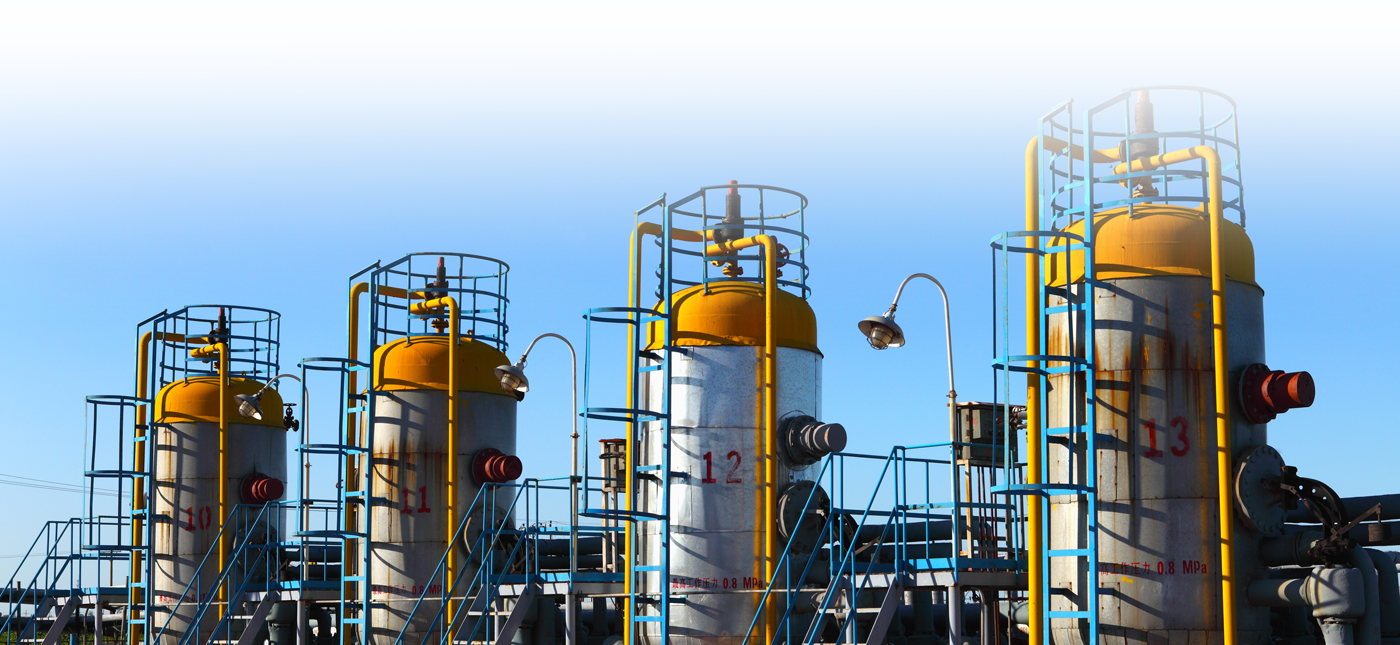Pulsation Accoustics
The Effect of Pulsations on Cavitation in Reciprocating Pump Systems
Paper No. 54
J. C. Wachel/J. D. Tison/S. M. Price, ASME Paper 89-Pet-10, 1989.
Cavitation in reciprocating pump installations is a major cause of piping and pump vibration and mechanical failures. Cavitation occurs in pump systems when the negative peak of the dynamic pressure wave, added to the steady state pressure, approaches the vapor pressure of the liquid. Even in those systems which have ample net positive suction head (NPSH) according to Hydraulic Institute Standards [1], cavitation can occur. These standards specify that, in addition to the net positive suction head required (NPSHR) by the manufacturer, an allowance should be made for the inlet piping pressure drop and acceleration head. Acceleration head calculations are an attempt to account for the dynamic behavior of the system using quasi-static assumptions. In practice, these calculations can be inadequate since they ignore the dynamic acoustical response characteristics of the fluid.
Accurate calculations of the pulsation levels inn pump systems must consider the dynamic flow by taking into account all the parameters which significantly influence the system, including the pump fluid end, the pump valves, and the associated suction piping.
This paper discusses the inadequacies of the acceleration head concept, and describes how pulsation can contribute to cavitation. Simulation of pump systems using a computer program to predict pulsation and the onset of cavitation is discussed. Using these techniques, cavitation and pulsation levels in the suction systems can be predicted and the need for additional suction head properly evaluated.
Download PDF
